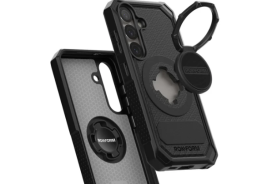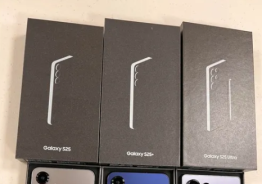Microsoft just announced a neat new feature called Windows Hello, banking on biometric authentication to make the experience more personal and secure.
Windows Hello will be available with the upcoming Windows 10 operating system (OS), allowing users to sign into their device more securely. More specifically, this new feature will use biometric authentication to scan a user's face, iris, or fingerprint in order to unlock a device, replacing the common PIN or password.
"I'd like to introduce you to Windows Hello - biometric authentication which can provide instant access to your Windows 10 devices," Microsoft's Joe Belfiore announced on the Windows Blog on Tuesday, March 17. "With Windows Hello, you'll be able to just show your face, or touch your finger, to new devices running Windows 10 and be immediately recognized. And not only is Windows Hello more convenient than typing a password - it's more secure! Our system enables you to authenticate applications, enterprise content, and even certain online experiences without a password being stored on your device or in a network server at all."
Most of the existing devices will not be able to use the new Windows Hello face recognition, but Microsoft will also support existing fingerprint readers. When it comes to the face and iris recognition, meanwhile, new Windows 10 machines will ship later this year, rocking Intel's RealSense 3D camera.
"There will be plenty of exciting new Windows 10 devices to choose from which will support Windows Hello. And, if your device already has a fingerprint reader, you'll be able to use Windows Hello to unlock that device. For facial and iris detection, Windows Hello uses a combination of special hardware and software to accurately verify it is you - not a picture of you or someone trying to impersonate you. The cameras use infrared technology to identify your face or iris and can recognize you in a variety of lighting conditions."
According to the company, the new Windows Hello will boast "enterprise-grade" privacy and security features, meeting even the strictest requirements and regulations.
"It's a solution that government, defense, financial, health care and other related organizations will use to enhance their overall security, with a simple experience designed to delight."
Windows Hello will be available on compatible phones, tablets, and PCs later this year, when Windows 10 is ready to roll out to consumers. The feature will require specialized hardware such as a fingerprint reader, an illuminated IR sensor, or other biometric sensors.
Windows 10, meanwhile, will become available earlier than expected, as the company announced a summer release. For more details regarding the Windows Hello feature for Windows 10, check out the video below.
© Copyright 2025 Mobile & Apps, All rights reserved. Do not reproduce without permission.













